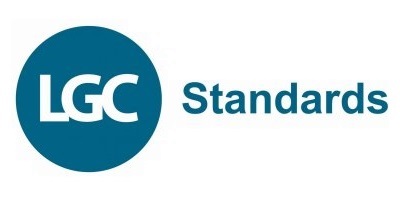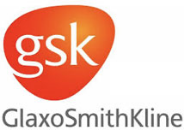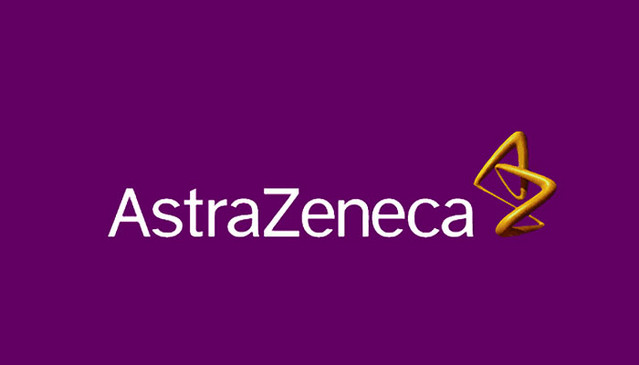Streamlining Drug Abuse Potential Testing
CNS penetrant drug development is a tricky prospect. The intrinsic physicochemical properties that make brain-penetrant small molecules such valuable drug candidates also create the potential for abuse. Pharmaceutical companies must assess this risk at the early stages, long before drug products with blood-brain barrier (BBB) penetrative qualities make it to clinical trials.
The drug development pipeline is a long and costly process, and abuse potential testing naturally requires an investment of both time and money. There is no avoiding this process, but there is a way to streamline it.
What is Drug Abuse Potential?
Regulatory bodies such as the EMA and FDA include guidelines on drug abuse potential, what it means and how it can occur. It is important to recognise the difference between dependence syndrome, where a patient becomes dependent on a drug they have been taking for medicinal purposes and drug abuse, which can occur independently from dependence if it is taken for non-medicinal reasons and above the expected dose
There are numerous central nervous system (CNS) agents that are safe and effective for various conditions, and no less than 126 CNS agents are currently under investigation for treating alzheimer’s disease. However, each of these potentially life-changing therapeutics needs to be submitted for drug abuse potential testing during the development and regulatory stages. Any drug that could target or influence the central nervous system (CNS) must be assessed for its abuse potential.
Any drugs that produce CNS activity have the potential to be abused, and it must be decided if a full evaluation of abuse liability is required before the development can continue. Additionally, any drug products chemically similar to those with known abuse potential will also need to be tested.
Testing For Drug Abuse Potential
Regulatory bodies such as the EMA and FDA include guidelines (see page 22) on how indicators of drug abuse potential can be assessed. These early indicators are typically available before first human dose and include the PK/PD profile to identify the duration of action, similarity of chemical structure to known drugs of abuse, receptor binding profile, and behavioural/clinical signs from in vivo nonclinical studies.
It important to comprehensively asses these early indicators, as crucially, if regulators can be shown convincing evidence of no apparent abuse potential from these early studies, extensive testing in nonclinical abuse liability models and Human abuse liability studies can be avoided.
As extensive preclinical testing can cost $2 million, and take a year and a half or up to 2 years to complete, a robust set of early negative indicators of abuse potential can save significant time and money.
Because the regulations can change regarding substances with drug abuse potential, it’s essential to work with an experienced partner with expert knowledge of the required rules and testing methods. Scitegrity can carry out extensive assessments to determine whether or not a product has drug abuse potential and whether it meets the regulatory standards in the country it is intended to be used.
Streamlined Testing With Scitegrity
Carrying out a pre-clinical drug abuse liability assessment can be expensive and complicated. This is why Scitegrity strives to make this testing process more time and cost-effective by demonstrating the absence of abuse potential quickly, early and effectively.
We can produce an assessment of drug abuse potential and chemical similarity to known drugs of abuse, suitable for submission to the FDA and EMA.
We can do this through our extensive data sets and algorithms of controlled substances and abuse liable chemical space.
More complete packages including invitro, invivo testing and integrated report submission can be provided via our network of partners with specific expertise in CNS drug discovery and regulatory submissions.
If you require support to carry out a drug abuse potential liability assessment or would like more information in this field, please schedule a call with one of our experts, and we will be happy to help you.
References and further reading:
- https://alz-journals.onlinelibrary.wiley.com/doi/10.1002/trc2.12179
- https://www.ema.europa.eu/en/documents/scientific-guideline/ich-guideline-m3r2-non-clinical-safety-studies-conduct-human-clinical-trials-marketing-authorisation_en.pdf
- https://www.fda.gov/regulatory-information/search-fda-guidance-documents/assessment-abuse-potential-drugs
Trusted by our Clients











